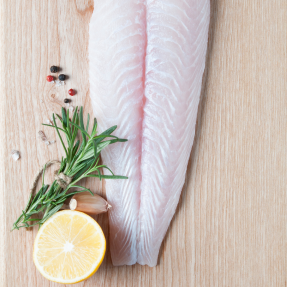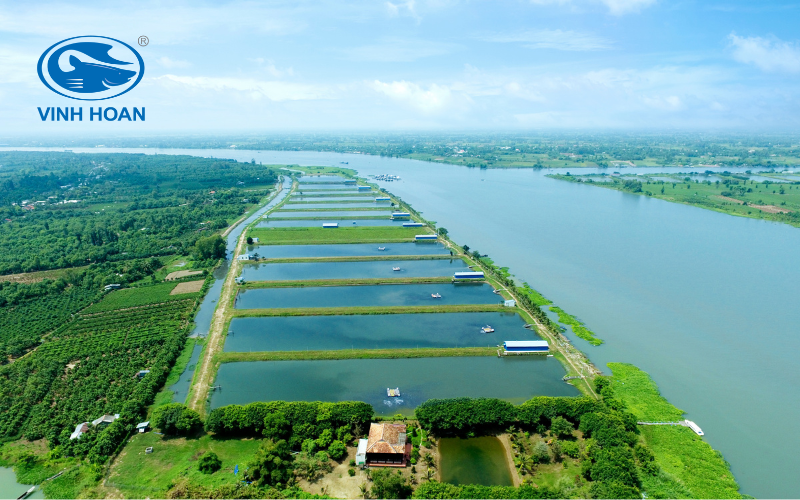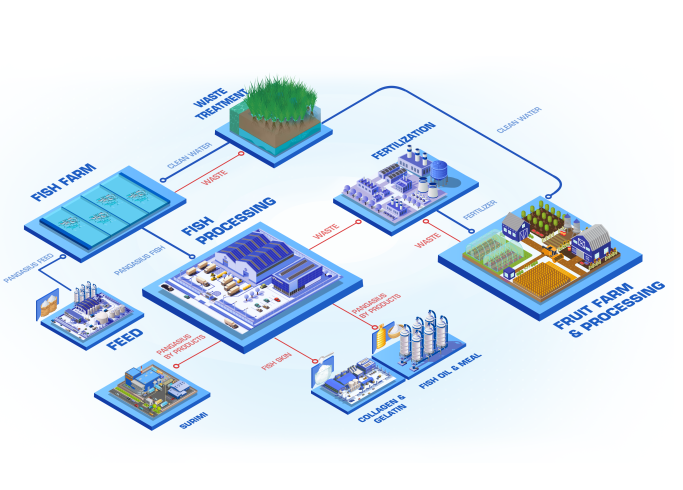Debunking Myths: The Truth About Pangasius Farming
16 May 2024
When it comes to pangasius farming, misconceptions abound, often overshadowing the reality of this sustainable and nutritious fish. One common myth is that pangasius is farmed in cages along polluted river banks, leading to concerns about its safety and quality. However, it’s time to debunk this misconception and shed light on the truth.
Contrary to popular belief, pangasius farming is carefully regulated and monitored to ensure the highest standards of quality and safety. While it’s true that pangasius farms are often located in river deltas, these areas are not inherently polluted. In fact, many pangasius farms are situated in clean, freshwater environments, where water quality is rigorously tested and maintained. Water is that brownish red color in the Mekong River is from the sediments “soil” that are the natural color of the Mekong River.
Additionally, concerns about malachite—a type of copper-based medication used to treat fish diseases—are unfounded. Malachite is indeed used in some aquaculture practices, but its use is strictly regulated and monitored to prevent any adverse effects on fish or the environment. Pangasius farmers adhere to strict guidelines and best practices to ensure the health and well-being of their fish and the surrounding ecosystem.
In conclusion, it’s important to separate fact from fiction when it comes to pangasius farming. By dispelling myths and highlighting the truth, we can gain a better understanding of this sustainable and nutritious fish, ensuring that consumers can make informed choices based on accurate information.







![Demystifying Pangasius: Debunking Common Myths and Misconceptions 4 41 [All in Fillets] 2901 1 HIGH](https://www.vinhhoan.com/wp-content/uploads/2024/06/41_All-in-Fillets-2901-1-HIGH-683x490.jpg)



